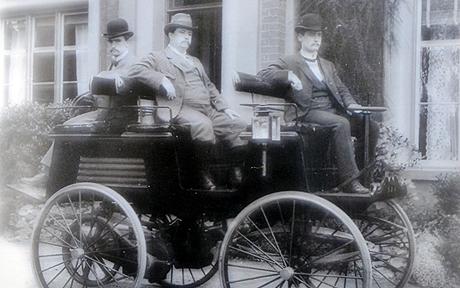Electric Cars: Put A Battery In Your Roof

Lithium-ion batteries used in the current generation of plug-in vehicles depend on dwindling supplies of lithium
PARIS — A nanoscale material developed in Britain could one day yield wafer-thin cellphones and light-weight, long-range electric cars powered by the roof, boot and doors, researchers have reported.
For now, the new technology — a patented mix of carbon fibre and polymer resin that can charge and release electricity just like a regular battery — has not gone beyond a successful laboratory experiment.
But if scaled-up, it could hold several advantages over existing energy sources for hybrid and electric cars, according to the scientists at Imperial College London who developed it.
Lithium-ion batteries used in the current generation of plug-in vehicles are not only heavy, which adds to energy consumption, but also depend on dwindling supplies of the metal lithium, whose prices have risen steadily.
The new material — while expensive to make — is entirely synthetic, which means production would not be limited by availability of natural resources.
Another plus: conventional batteries need chemical reactions to generate juice, a process which causes them to degrade over time and gradually lose the capacity to hold a charge.
The carbon-polymer composite does not depend on chemistry, which not only means a longer life but a quicker charge as well.
Because the material is composed of elements measured in billionths of a metre, “you don’t compromise the mechanical properties of the fibers,” explained Emile Greenhalgh, an engineer at Imperial College and one of the inventors.
As hard a steel, it could in theory double as the body of the vehicle, cutting the weight by up to a third.
The Tesla Roadster, a luxury electric car made in the United States, for example, weighs about 1,200 kilos (2,650 pounds), more than a third of which is accounted for by batteries, which turn the scales at a hefty 450 kilos (990 pounds). The vehicle has a range of about 300 kilometers (185 miles) before a recharge is needed.
“With our material, we would ultimately lose that 450 kilos (990 pounds),” Greenhalgh said in an interview. “That car would be faster and travel further.”
Read moreNew Nanoscale Material Developed For Electric Cars











